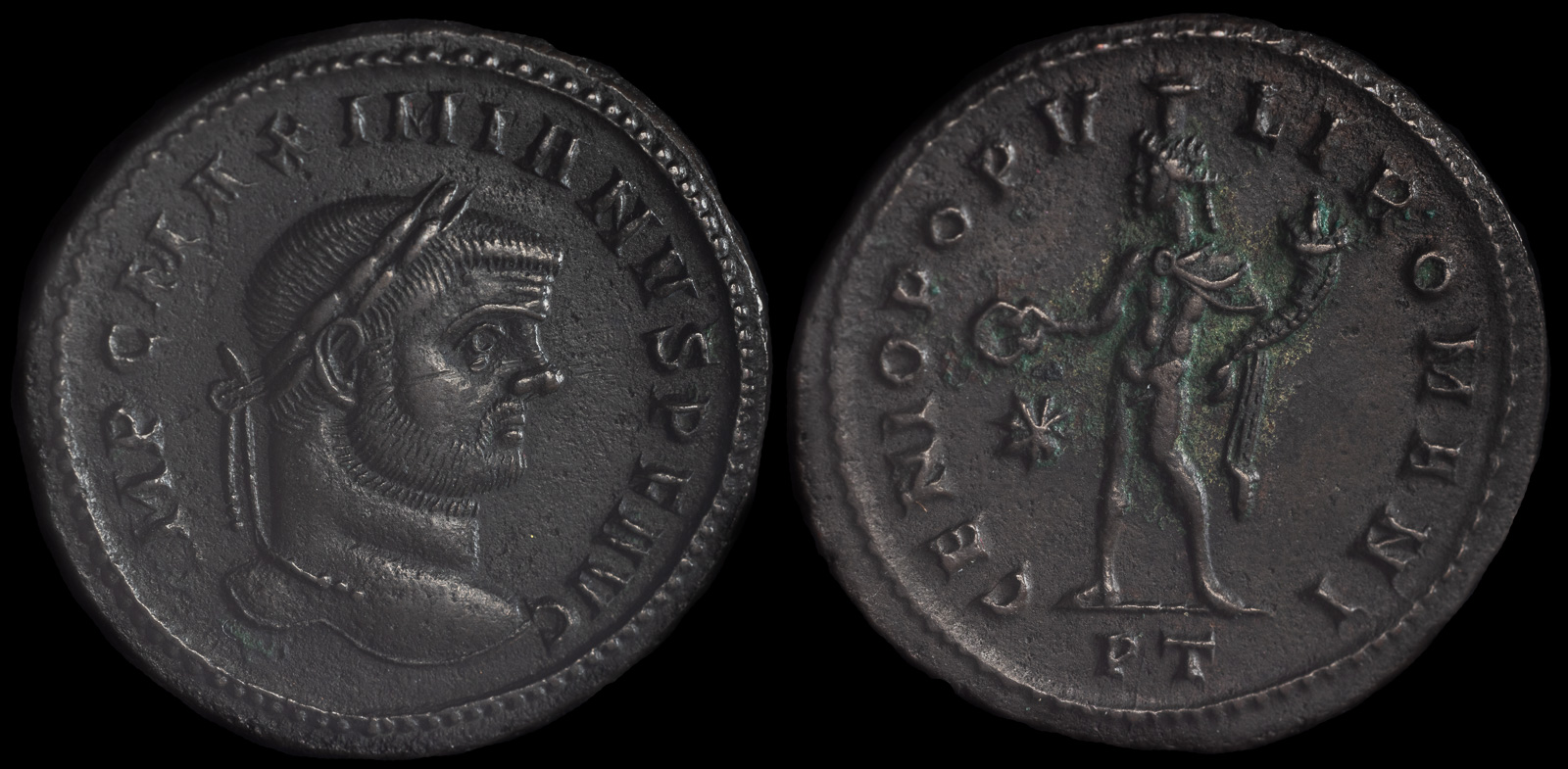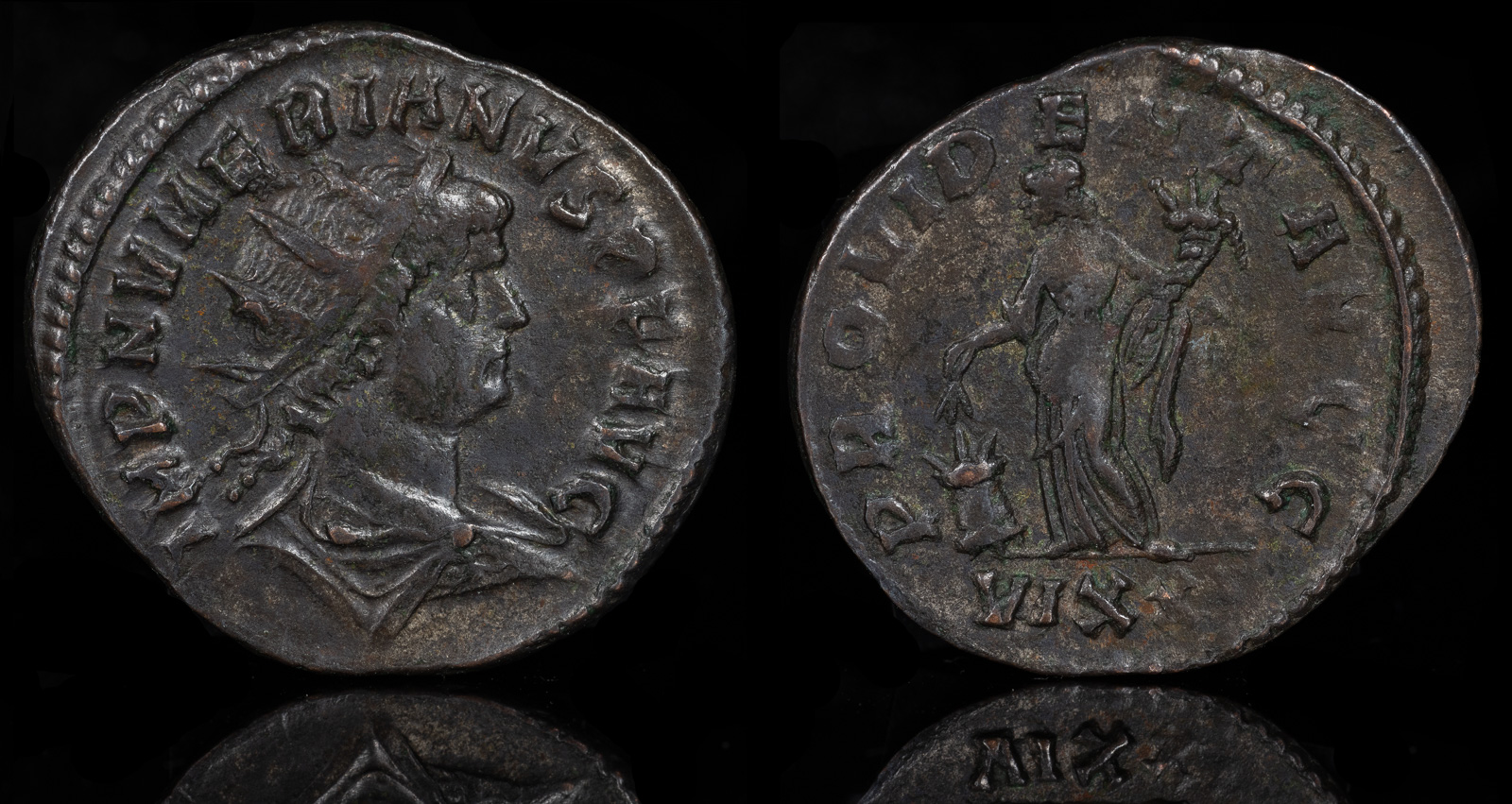Modius
View All Tags
For the Romans, the modius was also worn by certain priests and officials as part of their ceremonial attire, underscoring their connection to agricultural rites and the welfare of the community. In some representations, the modius could also symbolize social status, particularly for those involved in agricultural administration or public works related to food distribution and management.
In ancient Greece, the modius headdress was less prevalent but still made appearances, especially in relation to religious rituals. The Greeks also had associations between grain and fertility, and deities such as Demeter, the goddess of agriculture, and Persephone, the goddess of spring and fertility, were closely linked to the harvest cycle. In the context of these agricultural deities, the modius, as a symbolic object representing the grain measure, could appear in rituals designed to ensure a bountiful harvest. However, in Greek tradition, the modius was less formalized as a headpiece and was more commonly used as a representation in sculptural art or reliefs than as part of everyday attire.

Maximian
Ticinum, circa 295-296 CE
BI Nummus 9.26g, 26mm, 6h
IMP C MAXIMIANVS P F AVG, laureate head to right /
GENIO POPVLI ROMANI, Genius, wearing modius on head and chlamys over shoulder, standing to left, holding patera and cornucopiae; star in left field; PT in exergue.
RIC VI 29b
Ex Vitangelo Collection

Numerian BI Antoninianus
Ticinum, AD 283-284
3.38g, 23mm, 12h
IMP NVMERIANVS P F AVG, radiate, draped and cuirassed bust to right / PROVIDENT AVGG, Providentia standing to left, holding corn-ears over modius and sceptre; VIXXI in exergue. RIC V.2 447
Ex Roma